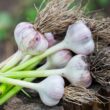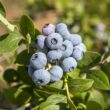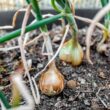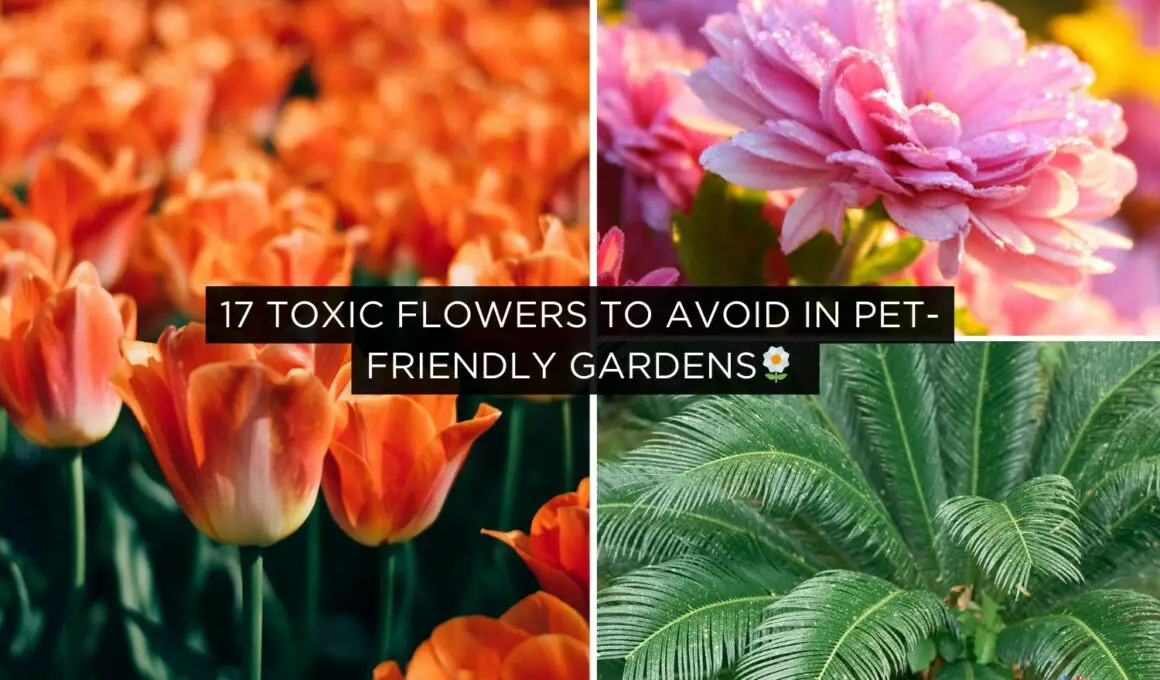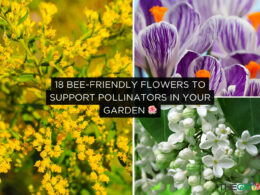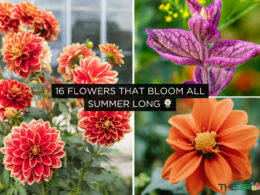In This Article Show
As someone who’s spent over 13 years tending to gardens, I’ve come to understand the delicate balance between cultivating a vibrant outdoor space and ensuring it’s a haven for pets. Through this journey, I’ve also learned the hard way that not all plants are pet-friendly, and some can be downright dangerous to our four-legged companions.
In the vast world of gardening, where the love for flora meets the love for fauna, it’s essential to be informed about which plants can pose risks to pets. The well-being of our pets is paramount, as they’re not just animals but part of our families. This realization sparked my motivation to share insights on toxic flowers that might be lurking in your garden, posing a threat to your pets.
From the allure of lilies to the deceptive beauty of oleanders, I’ll guide you through each flower, outlining why they’re harmful to pets and how to identify them. Let’s ensure our gardens are safe, joyful spaces for all members of our family, paws included.
The Top 17 Toxic Flowers to Avoid
This article aims to shed light on 17 toxic flowers that are best avoided in pet-friendly gardens. Whether you’re a seasoned gardener or just starting to green your thumbs, keeping your garden safe for pets is crucial.
1. Lilies (Lilium spp.)
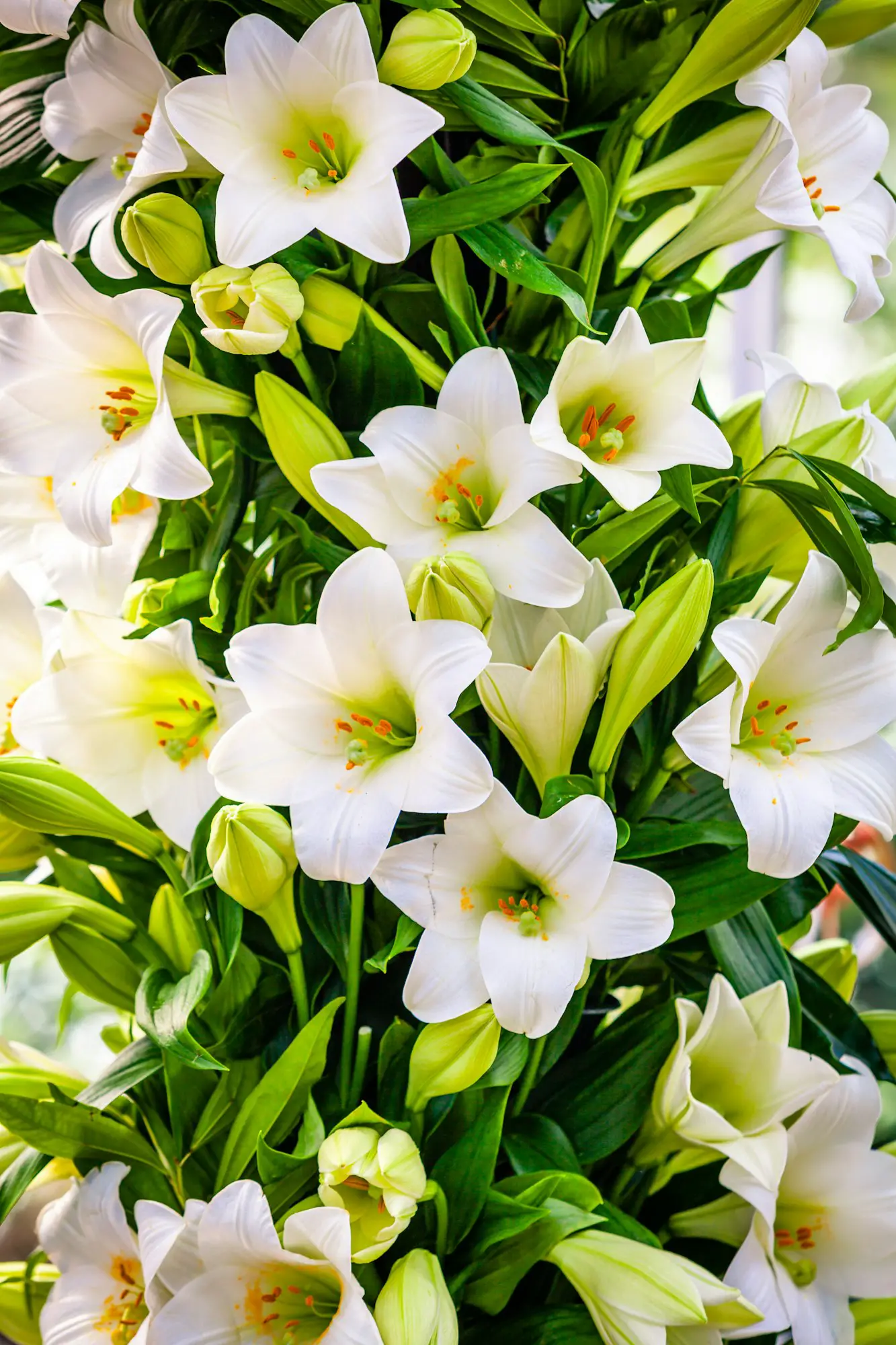
Renowned for their striking beauty and scent, lilies are a common fixture in many gardens and bouquets. However, they pose a deadly risk to cats, with all parts of the plant being highly toxic. Ingestion can lead to acute kidney failure, a condition that can be fatal if not treated promptly. While dogs are less affected, they may still suffer from mild gastrointestinal upset if they consume lilies.
2. Sago Palm (Cycas revoluta)
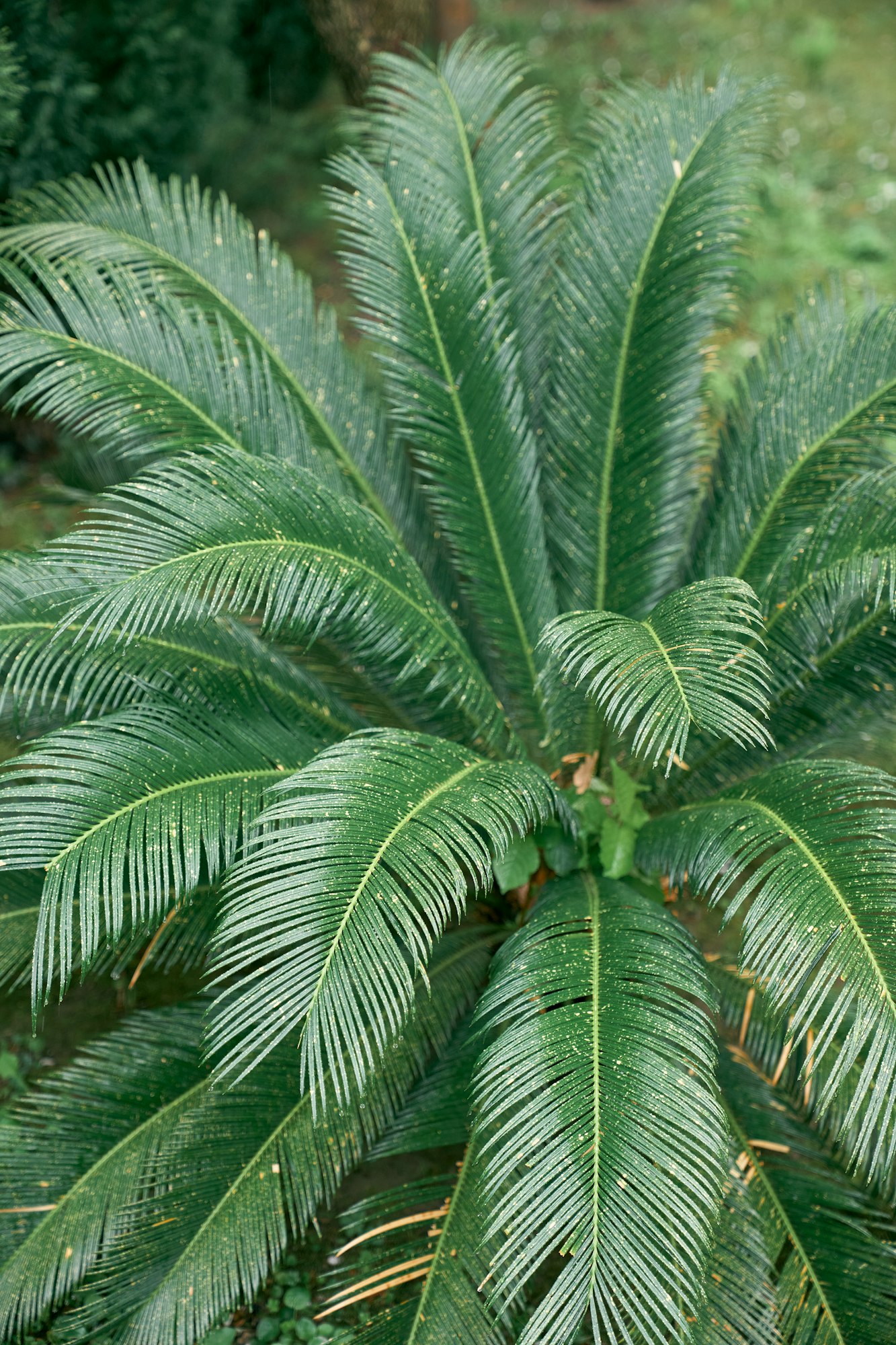
Despite its appealing, palm-like appearance, every part of the Sago Palm is poisonous, with the seeds (or nuts) being the most toxic. Ingestion can lead to symptoms such as vomiting, diarrhea, lethargy, seizures, and liver failure, which can be fatal in pets. Immediate veterinary care is critical for animals that ingest any part of this plant.
Get Gardening For Beginners
Our new EBOOK shows newcomers and green thumbs alike a step by step guide to growing the garden of their dreams.
3. Tulips (Tulipa spp.)
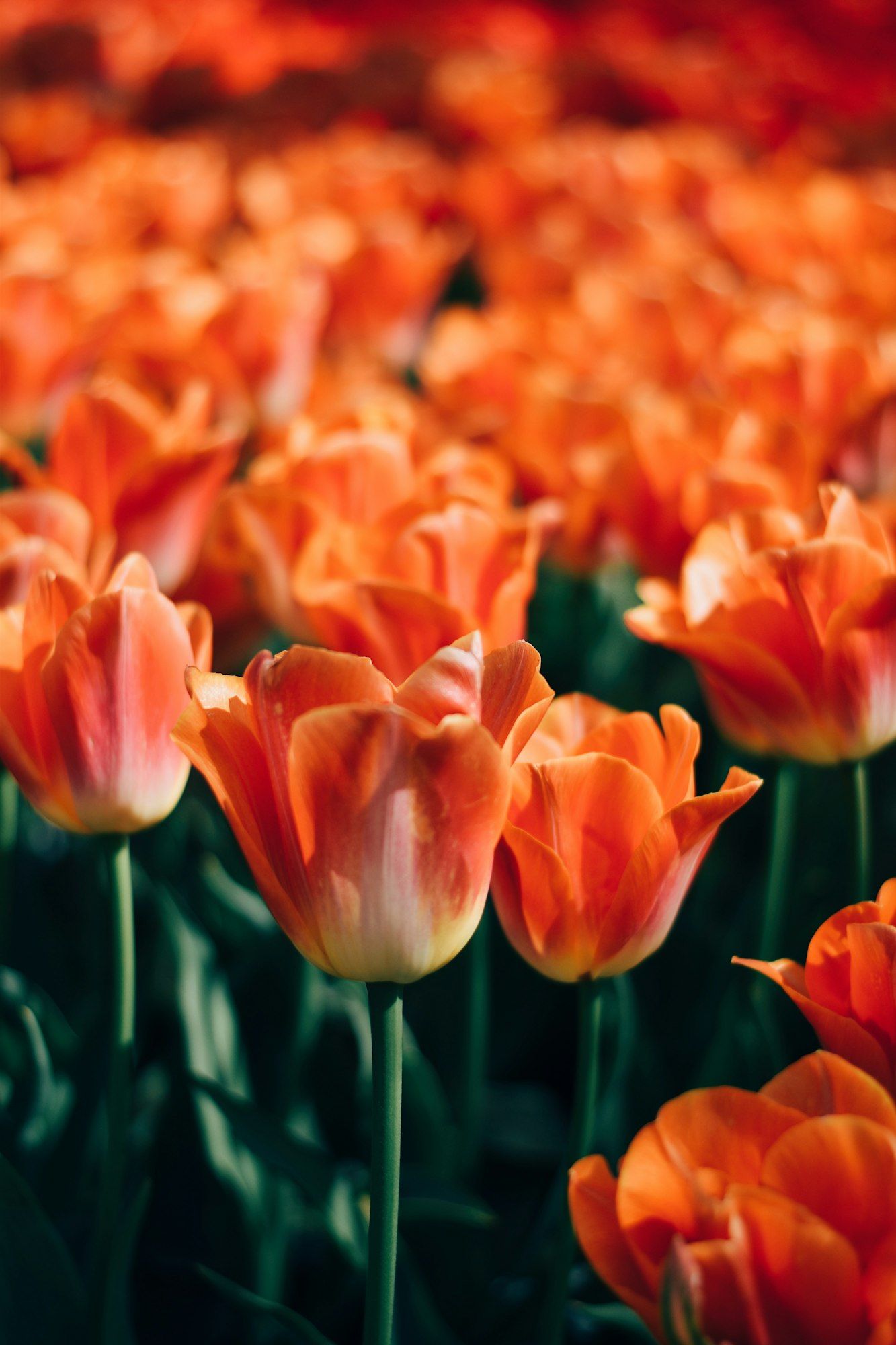
Tulips add a splash of color to gardens but contain allergenic lactones, particularly concentrated in the bulbs, which are toxic to pets. Symptoms of ingestion include intense gastrointestinal irritation, drooling, convulsions, and cardiac issues. The risk is highest when pets gain access to the bulbs, making careful storage and planting essential for pet owners.
4. Oleander (Nerium oleander)
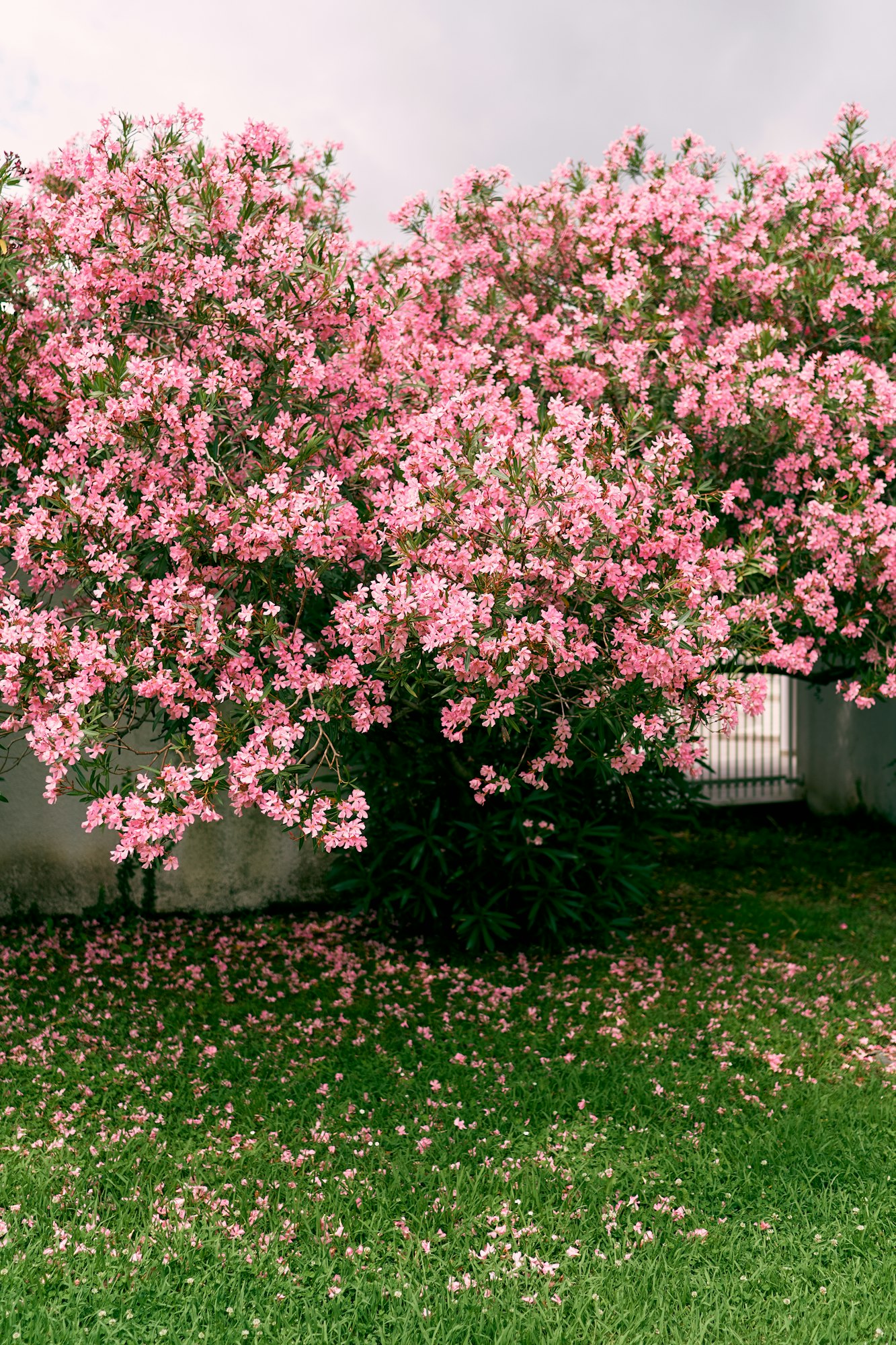
Oleander is a popular ornamental shrub known for its beautiful flowers and leaves, yet every part of this plant is toxic. It contains cardiac glycosides that can cause serious symptoms, including gastrointestinal distress, abnormal heart function, and even death. Its widespread toxicity makes it a significant hazard in gardens accessible to pets.
5. Foxglove (Digitalis purpurea)
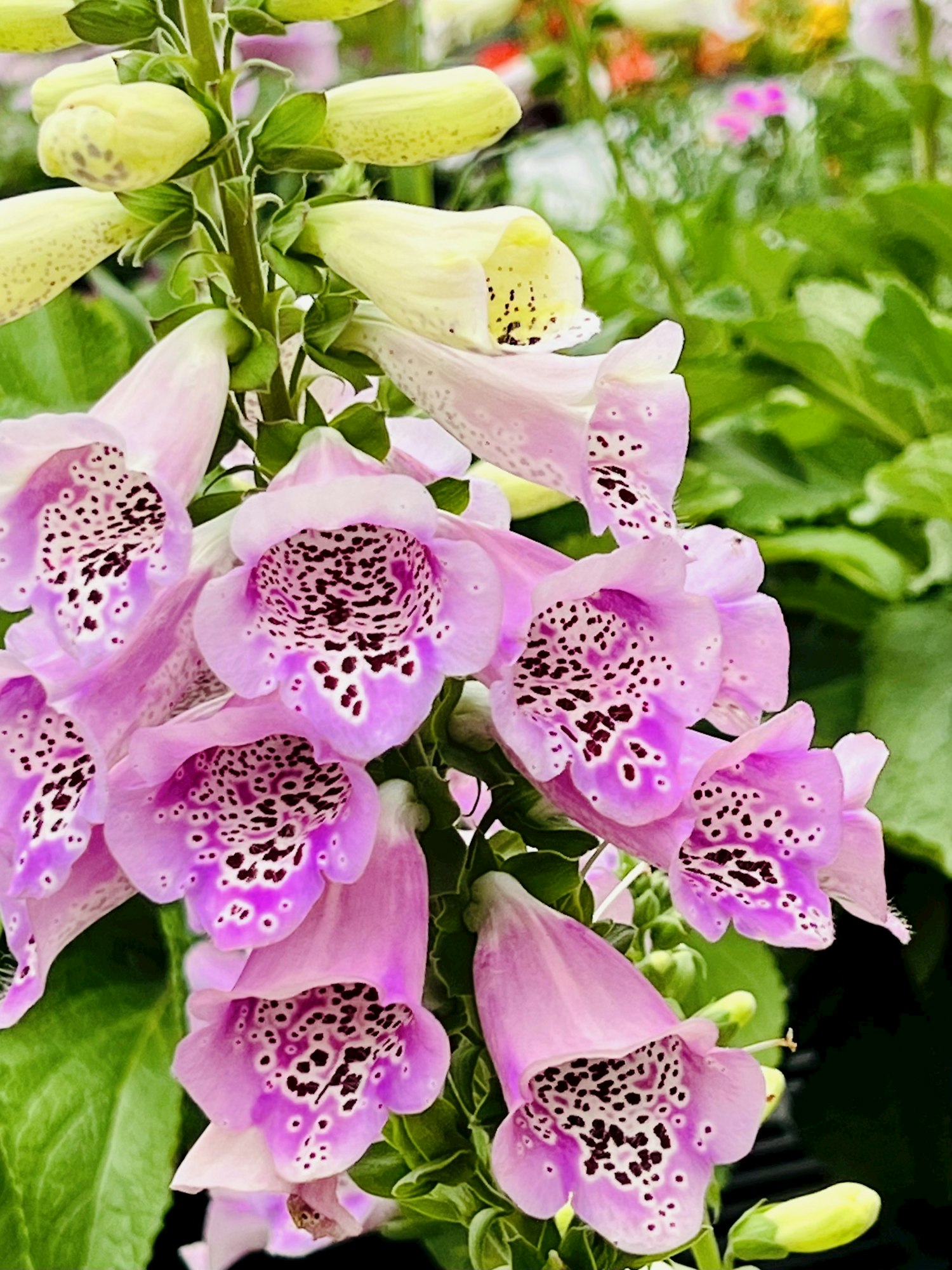
With its tall, striking spikes of tubular flowers, foxglove is a garden favorite. However, it contains digitoxin, a potent cardiac glycoside that affects the heart. Ingestion can result in vomiting, diarrhea, cardiac failure, and possibly death. The entire plant is toxic, and even water from a vase containing cut foxgloves can pose a risk.
6. Azalea (Rhododendron spp.)
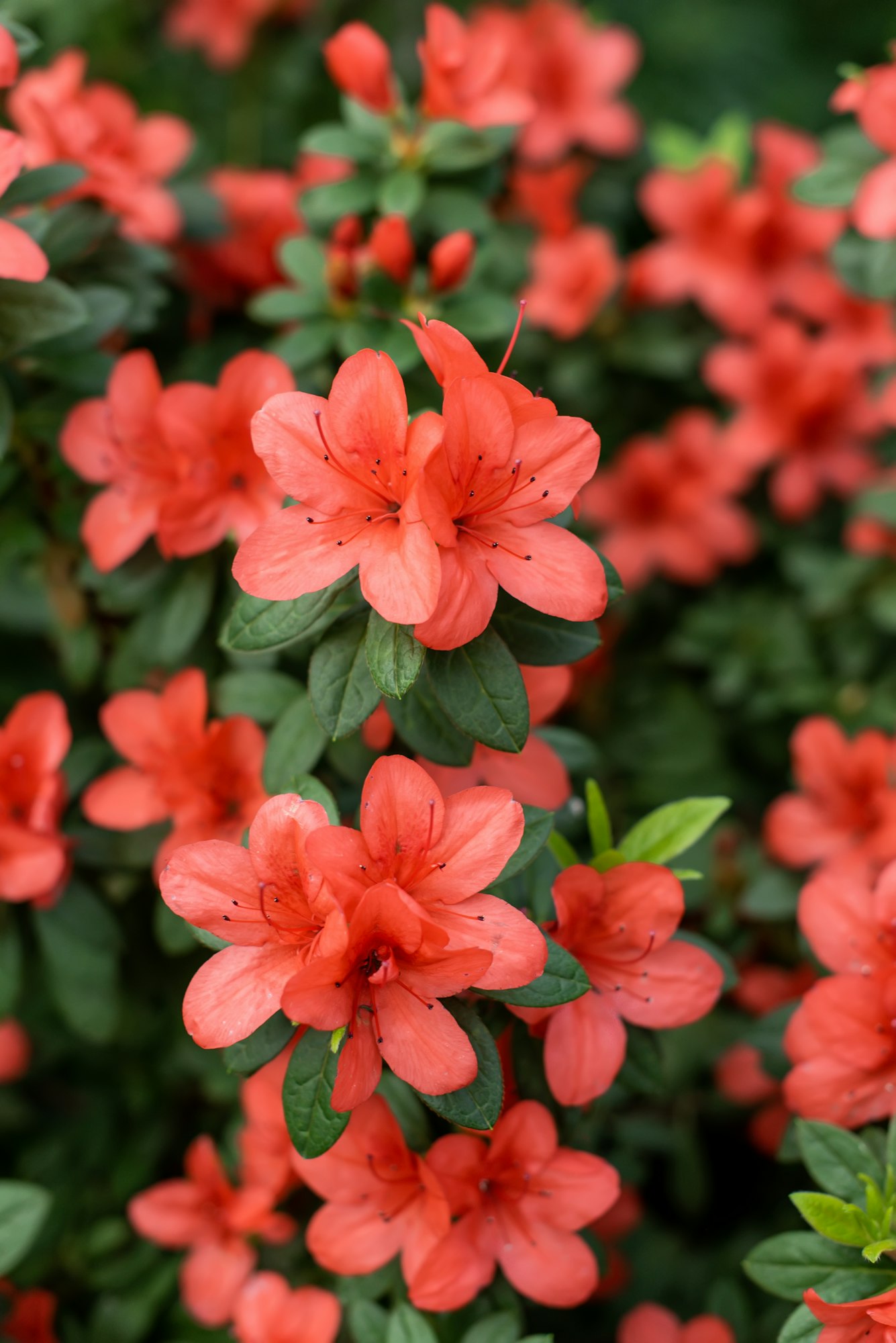
Azaleas, with their vibrant blooms, are a common choice for outdoor landscapes but are highly toxic to pets. Ingesting just a few leaves can cause oral irritation, vomiting, diarrhea, and central nervous system depression, which can be fatal in severe cases. Immediate veterinary intervention is necessary if ingestion is suspected.
7. Hyacinth (Hyacinthus orientalis)
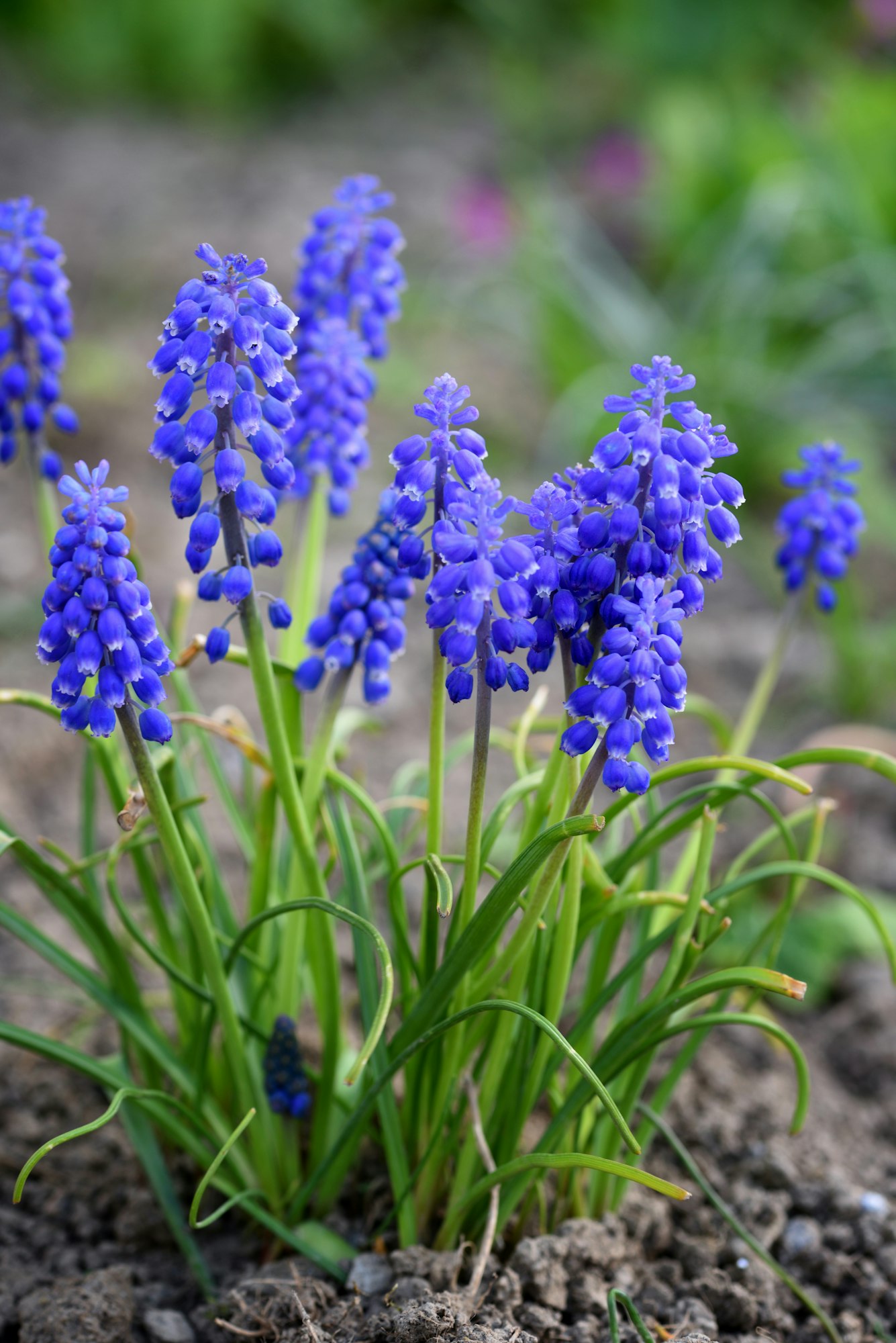
Hyacinths are popular for their dense, fragrant flowers but their bulbs contain oxalic acid, which is toxic. Pets digging up and chewing on the bulbs can suffer from intense stomach upset, drooling, vomiting, and diarrhea. Skin contact with the bulbs can also lead to irritation, making it important to handle them with care when pets are around.
8. Autumn Crocus (Colchicum autumnale)
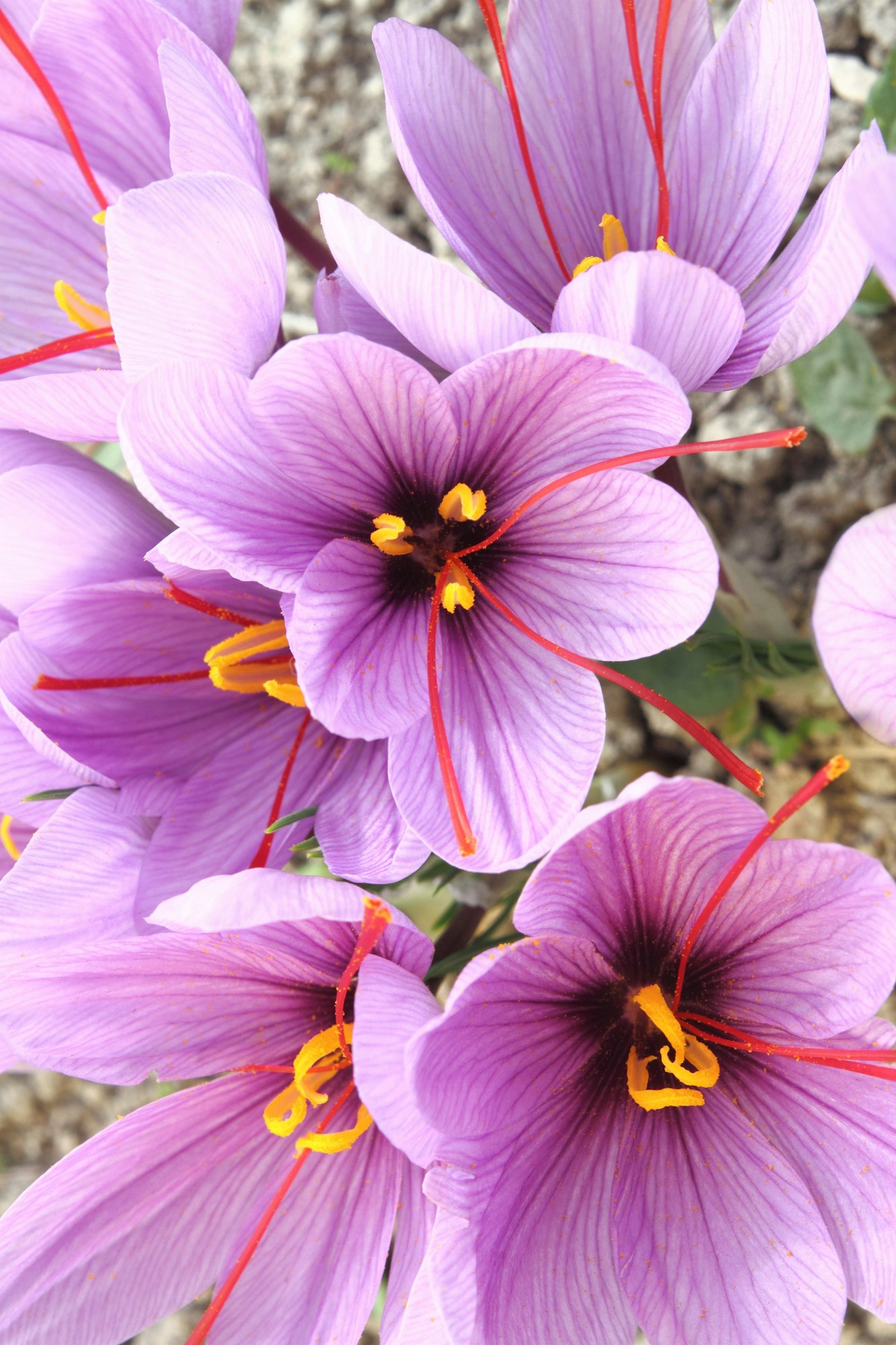
The Autumn Crocus is notable for its late-year blooming, but it harbors a danger through its high levels of colchicine, a toxic alkaloid. Ingestion can lead to severe gastrointestinal distress, liver and kidney damage, and potentially fatal respiratory failure. Symptoms can appear immediately or be delayed, complicating diagnosis and treatment.
9. Daffodil (Narcissus spp.)
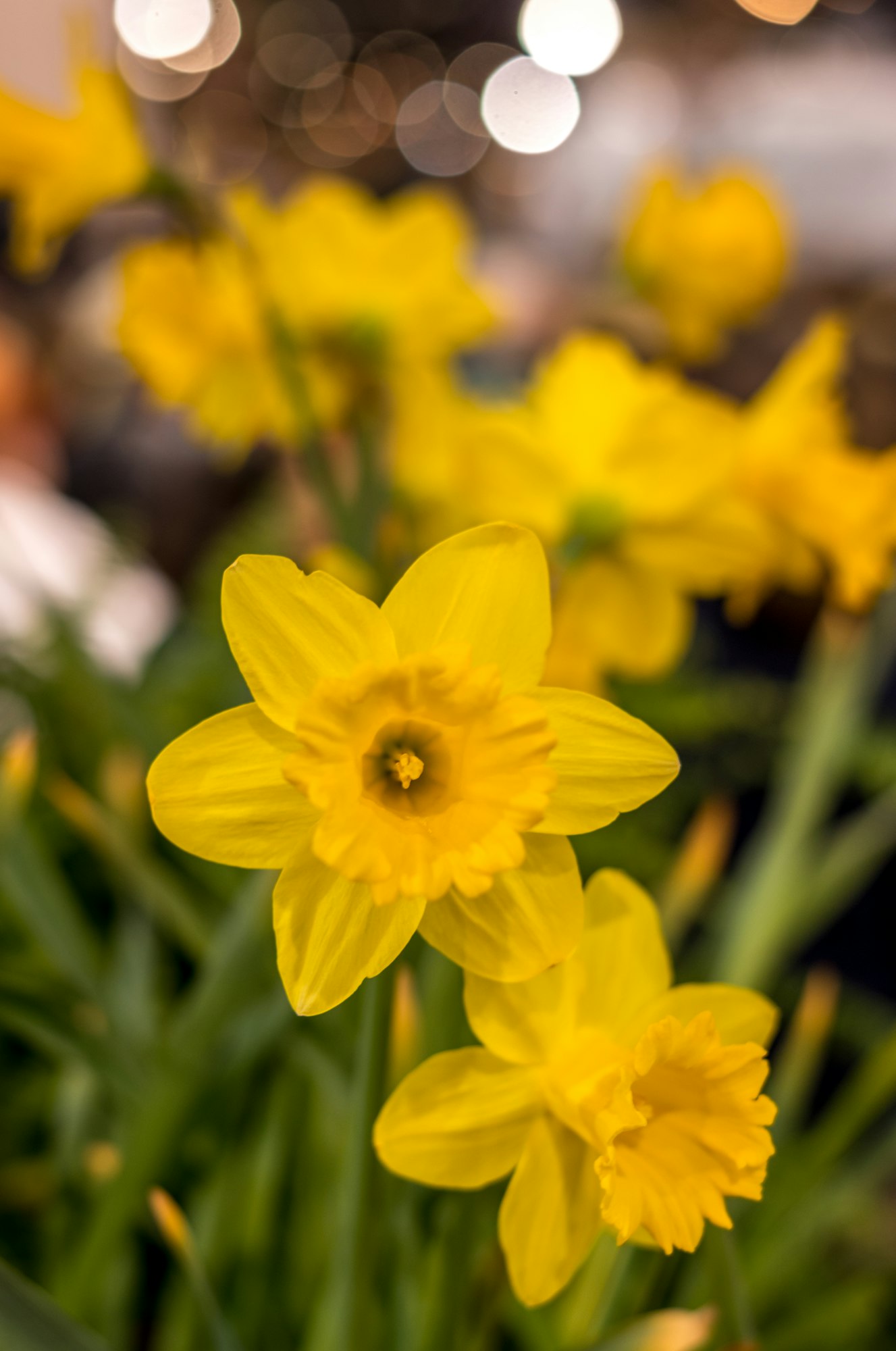
Daffodils, symbols of spring, contain lycorine and other toxic alkaloids primarily concentrated in their bulbs. Ingestion can cause severe vomiting, diarrhea, abdominal pain, and even cardiac issues or respiratory depression. The risk is particularly high during bulb planting or if pets access stored bulbs.
Get Gardening For Beginners
Our new EBOOK shows newcomers and green thumbs alike a step by step guide to growing the garden of their dreams.
10. Rhododendron (Rhododendron spp.)
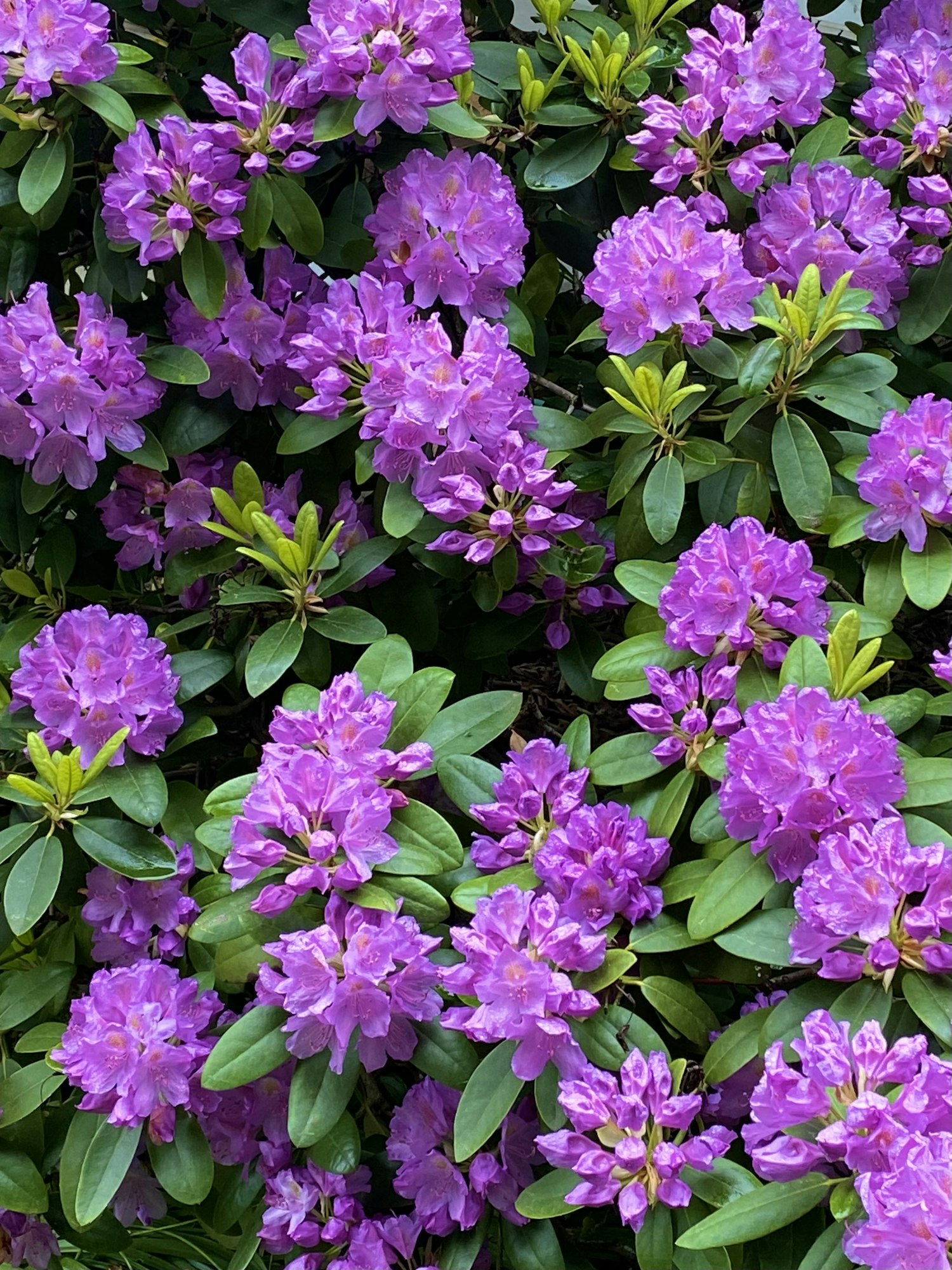
Similar to azaleas, rhododendrons are toxic to pets, causing drooling, vomiting, diarrhea, and potentially fatal central nervous system depression. The toxic principle, grayanotoxin, affects sodium channels in cells, and even a small amount can lead to significant illness.
11. Castor Bean (Ricinus communis)
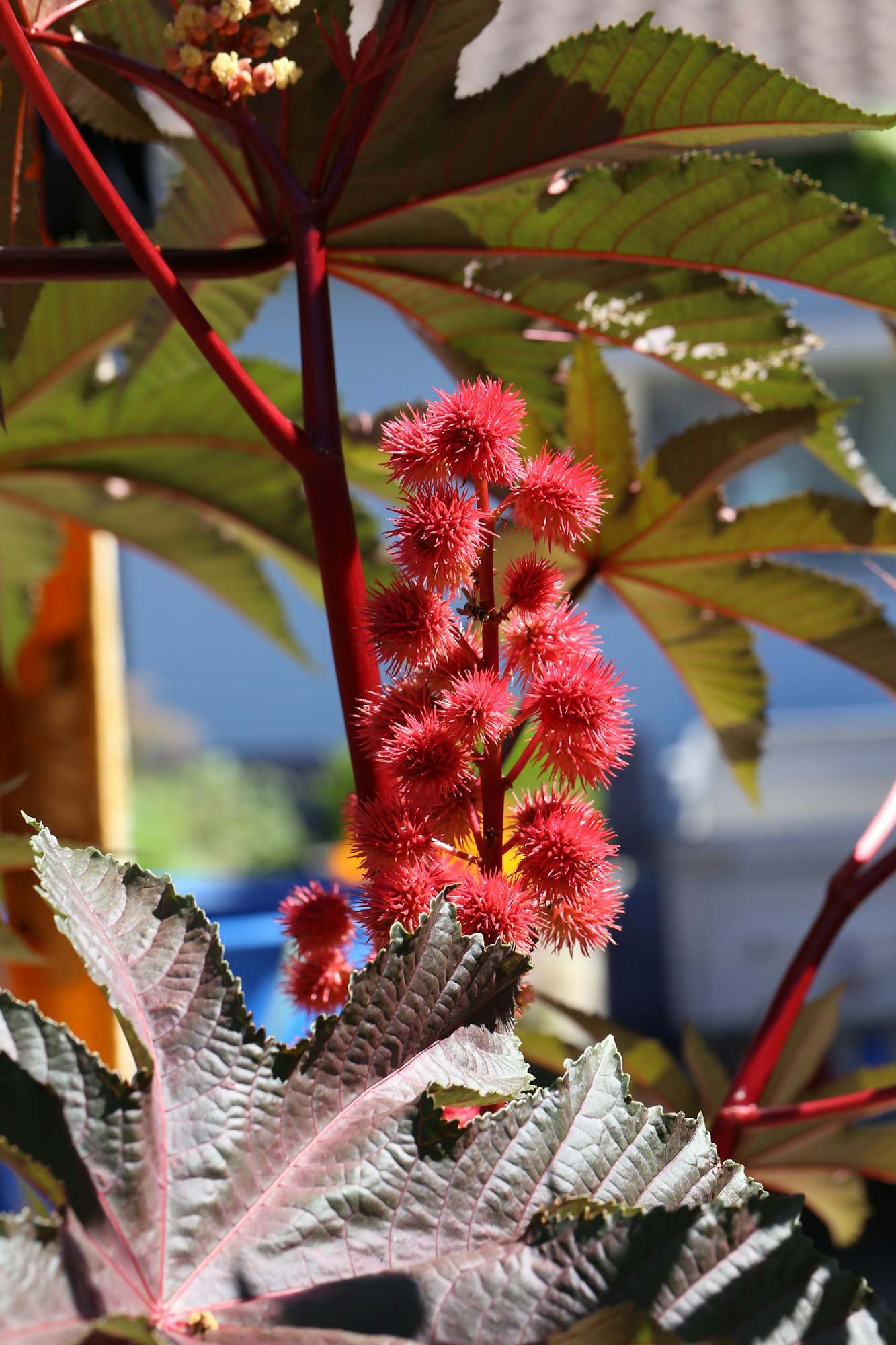
The castor bean plant is attractive but contains ricin, one of the most toxic naturally occurring substances. Ingestion of the seeds, even in small quantities, can cause severe abdominal pain, vomiting, and diarrhea, and can be rapidly fatal without immediate treatment. The plant poses a significant risk to pets and humans alike.
12. Yew (Taxus spp.)
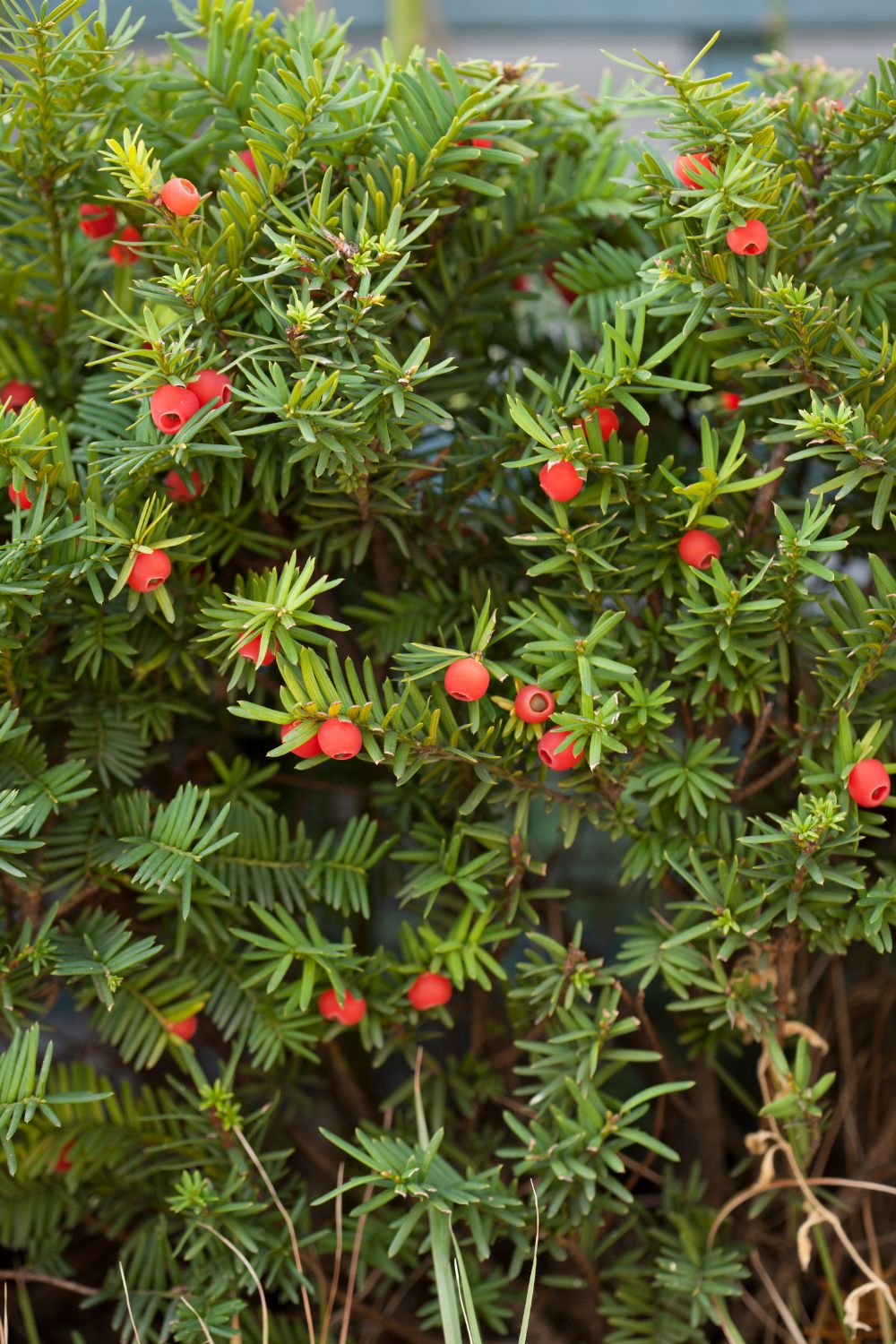
Yew trees and shrubs contain toxic alkaloids that can cause central nervous system effects, difficulty breathing, gastrointestinal distress, and sudden cardiac failure, which can lead to death. The rapid onset of symptoms following ingestion makes this plant particularly dangerous.
13. Morning Glory (Ipomoea spp.)
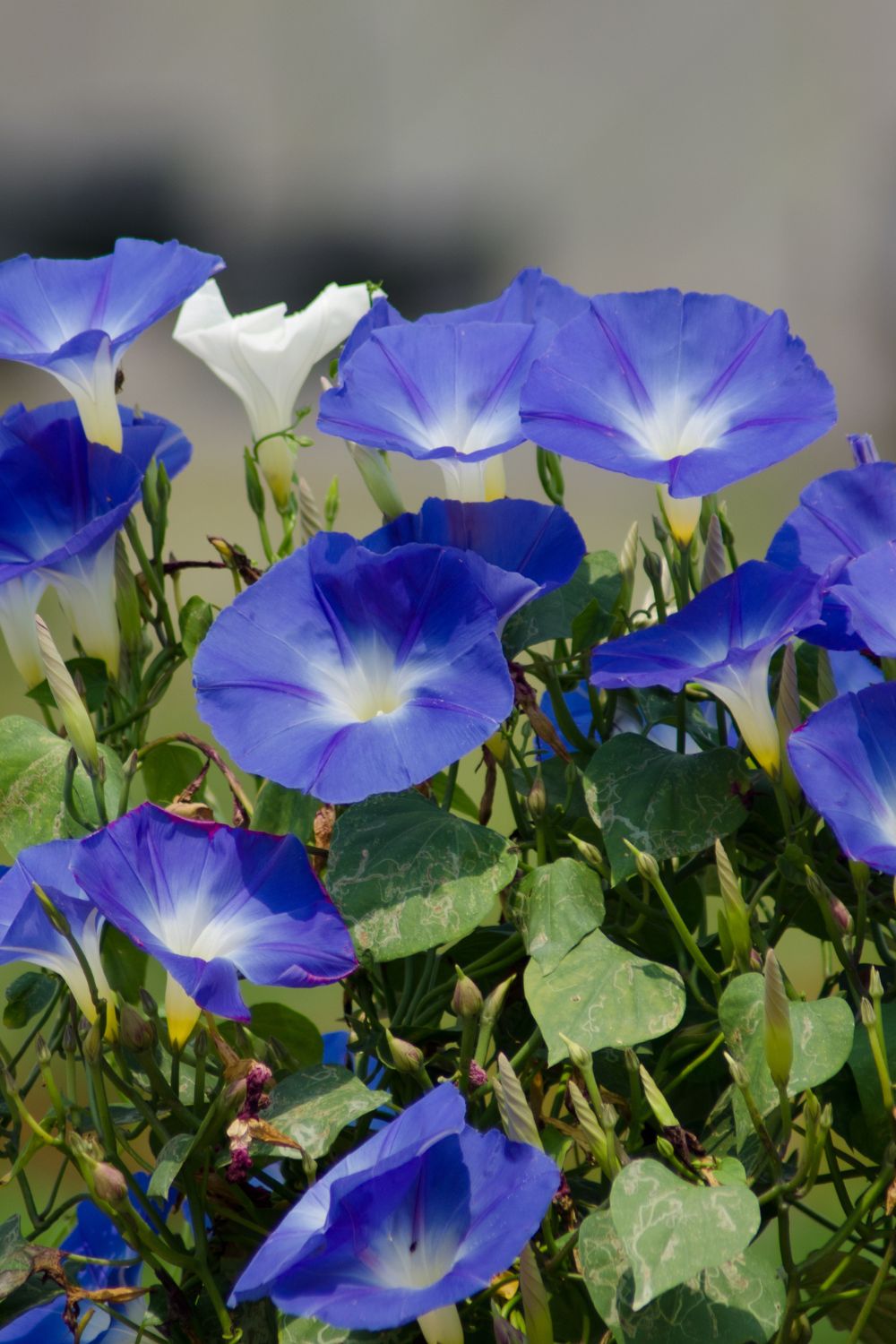
Morning Glories are known for their vibrant funnel-shaped flowers and can contain lysergic alkaloids in their seeds, leading to gastrointestinal upset, agitation, tremors, disorientation, and anorexia. While the plant is often grown for its beauty, pet owners should be aware of the risks the seeds pose.
14. Chrysanthemum (Chrysanthemum spp.)
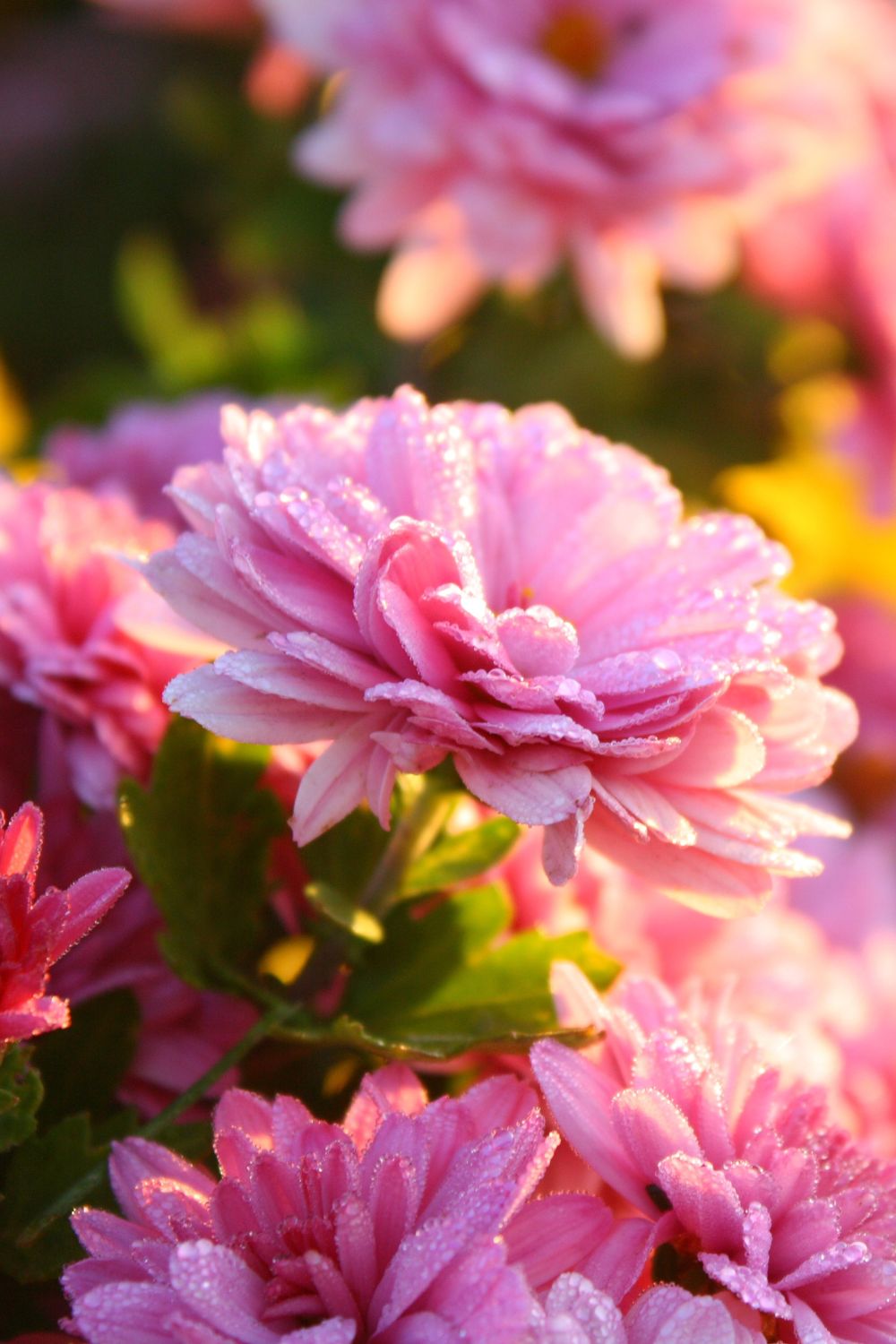
Chrysanthemums contain pyrethrins, natural insecticides that are toxic to pets, leading to drooling, vomiting, diarrhea, incoordination, and skin irritation. While toxicity is generally considered mild to moderate, sensitive individuals may experience more severe reactions.
15. Peace Lily (Spathiphyllum spp.)
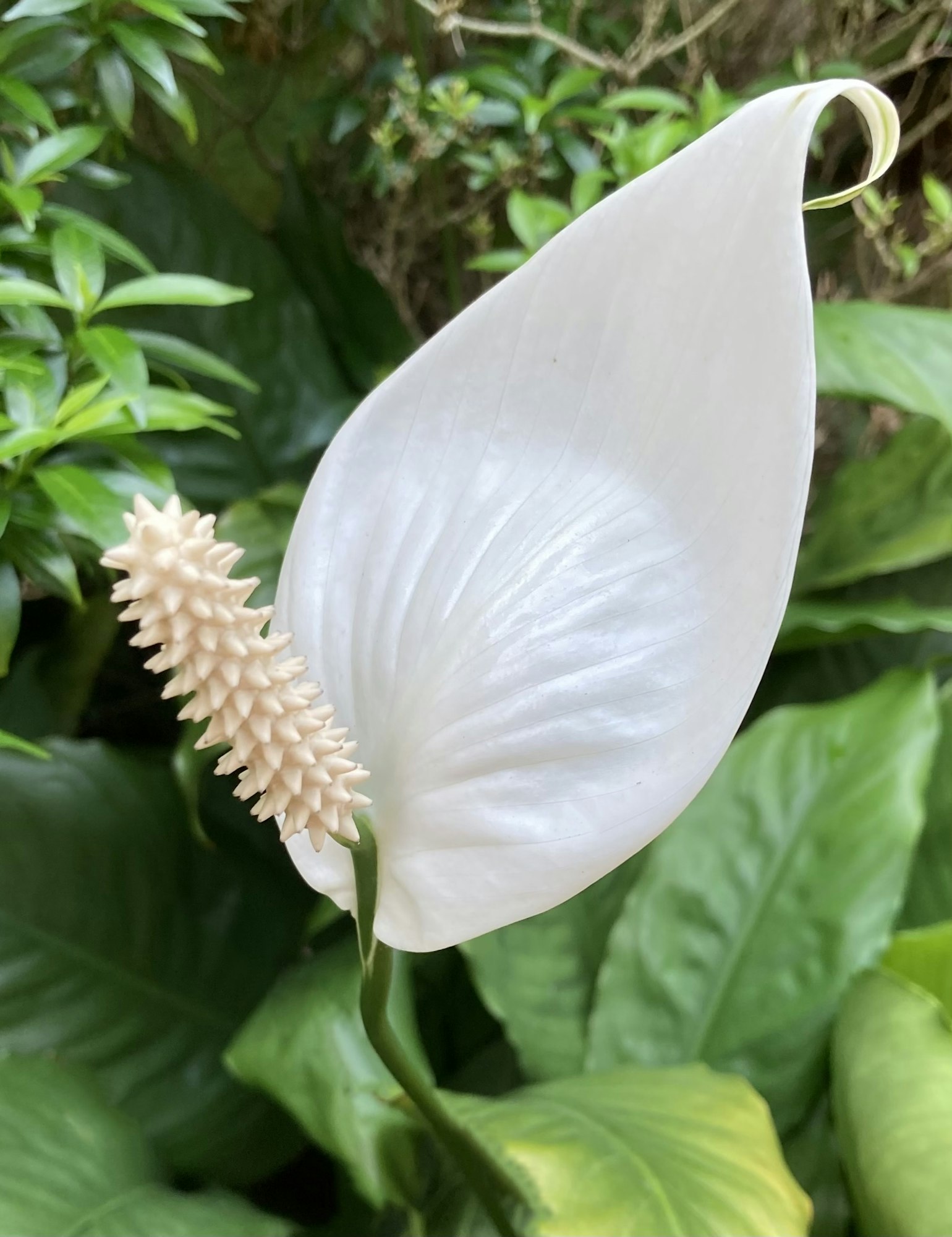
The Peace Lily, while not a true lily, still poses risks to pets. Its leaves can irritate the mouth, lips, and tongue, excessive drooling, vomiting, and difficulty swallowing. These symptoms, while typically not life-threatening, can cause significant discomfort.
16. Amaryllis (Amaryllis spp.)
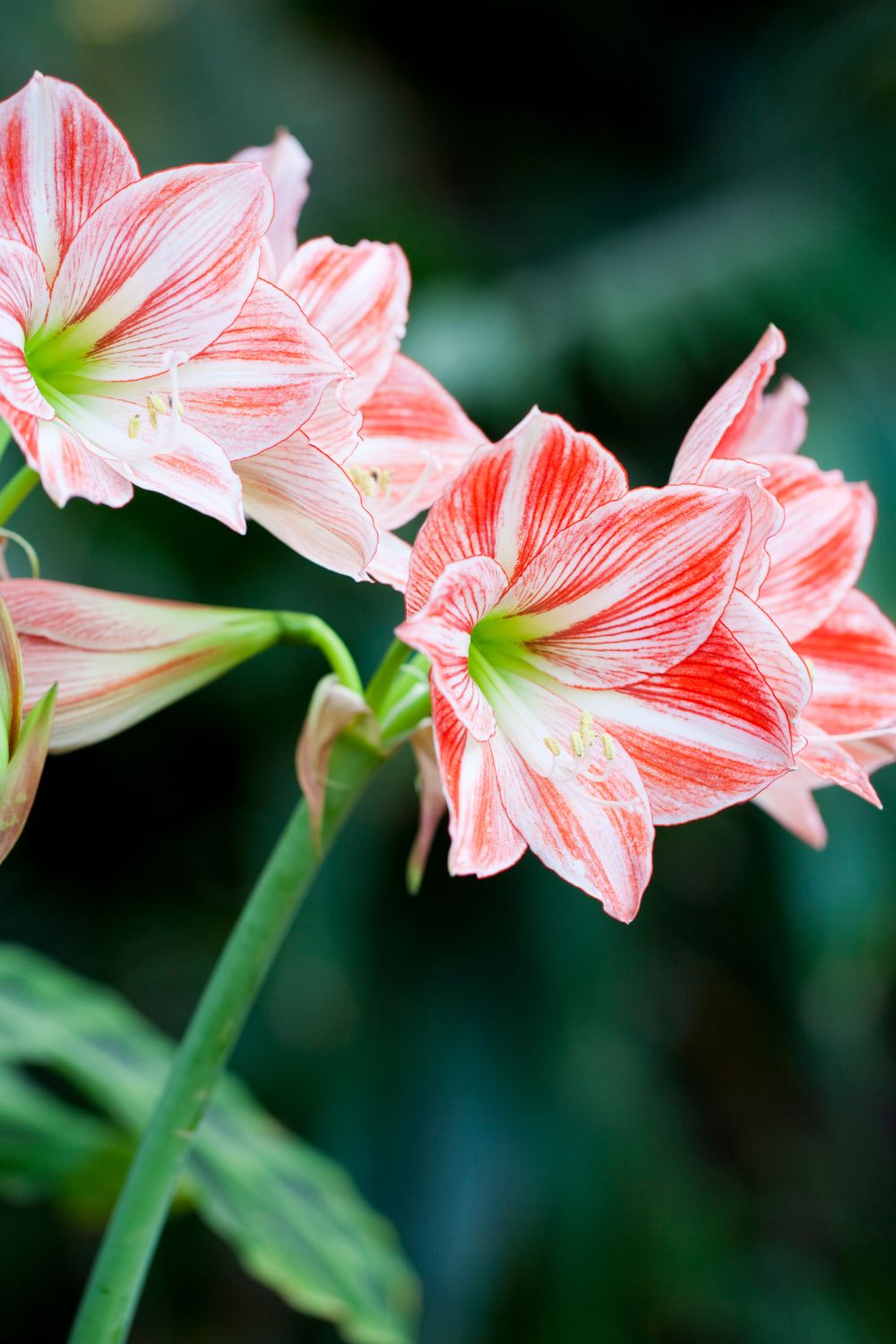
Amaryllis bulbs contain alkaloids that can cause vomiting, diarrhea, abdominal pain, lethargy, and tremors in pets. The plant’s attractive flowers make it a popular indoor plant, especially during the holidays, but it requires careful placement away from pets.
17. Dieffenbachia (Dieffenbachia spp.)
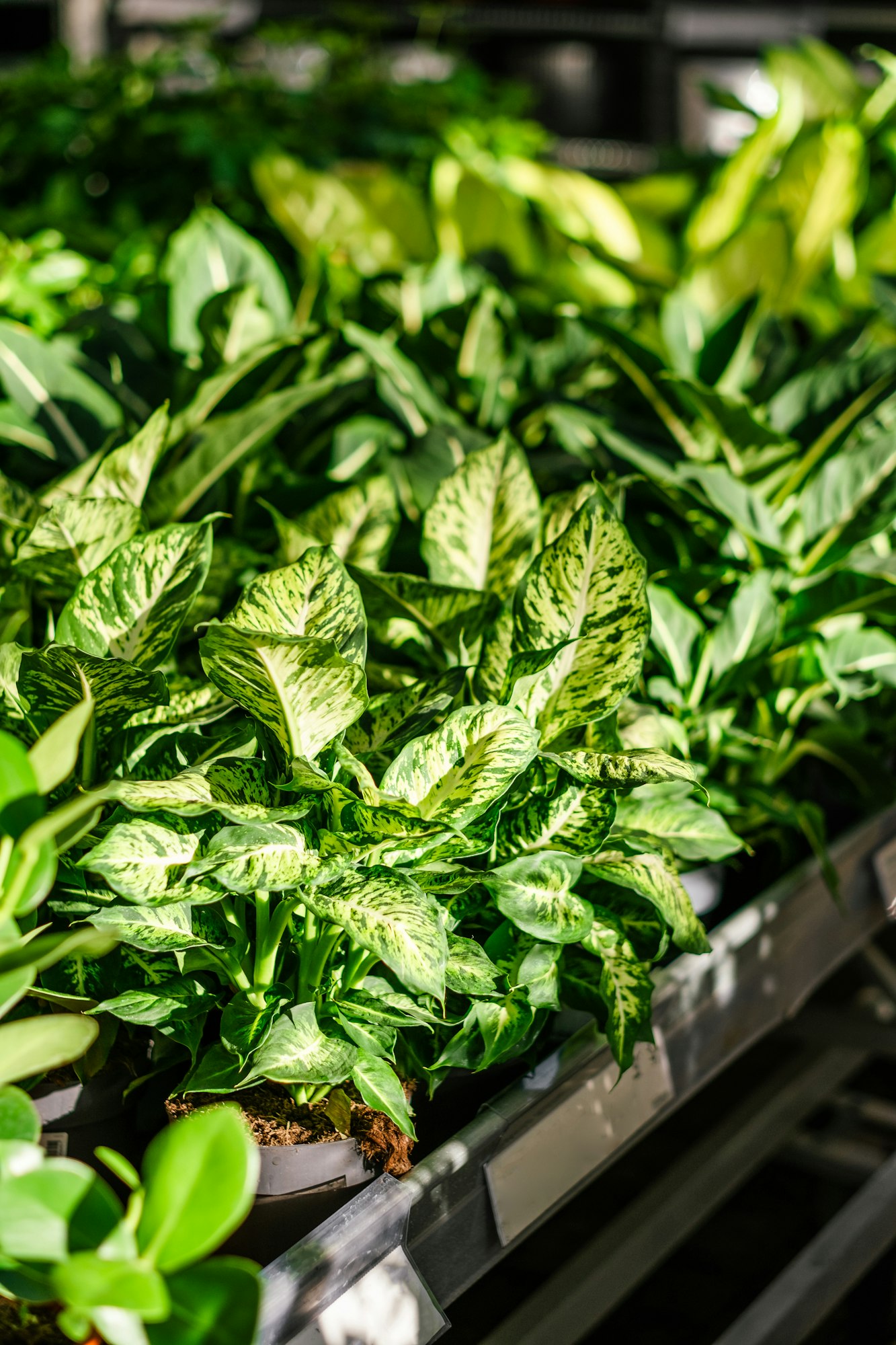
Dieffenbachia, or Dumb Cane, contains insoluble oxalates that can cause intense oral irritation, drooling, difficulty swallowing, and vomiting. The plant’s common name reflects its ability to render a person temporarily unable to speak due to throat swelling if ingested.
Incorporating these plants into your garden requires careful consideration of the risks to pets. Pet owners should prioritize non-toxic alternatives to ensure that their garden remains a safe space for all family members, including the four-legged ones.

